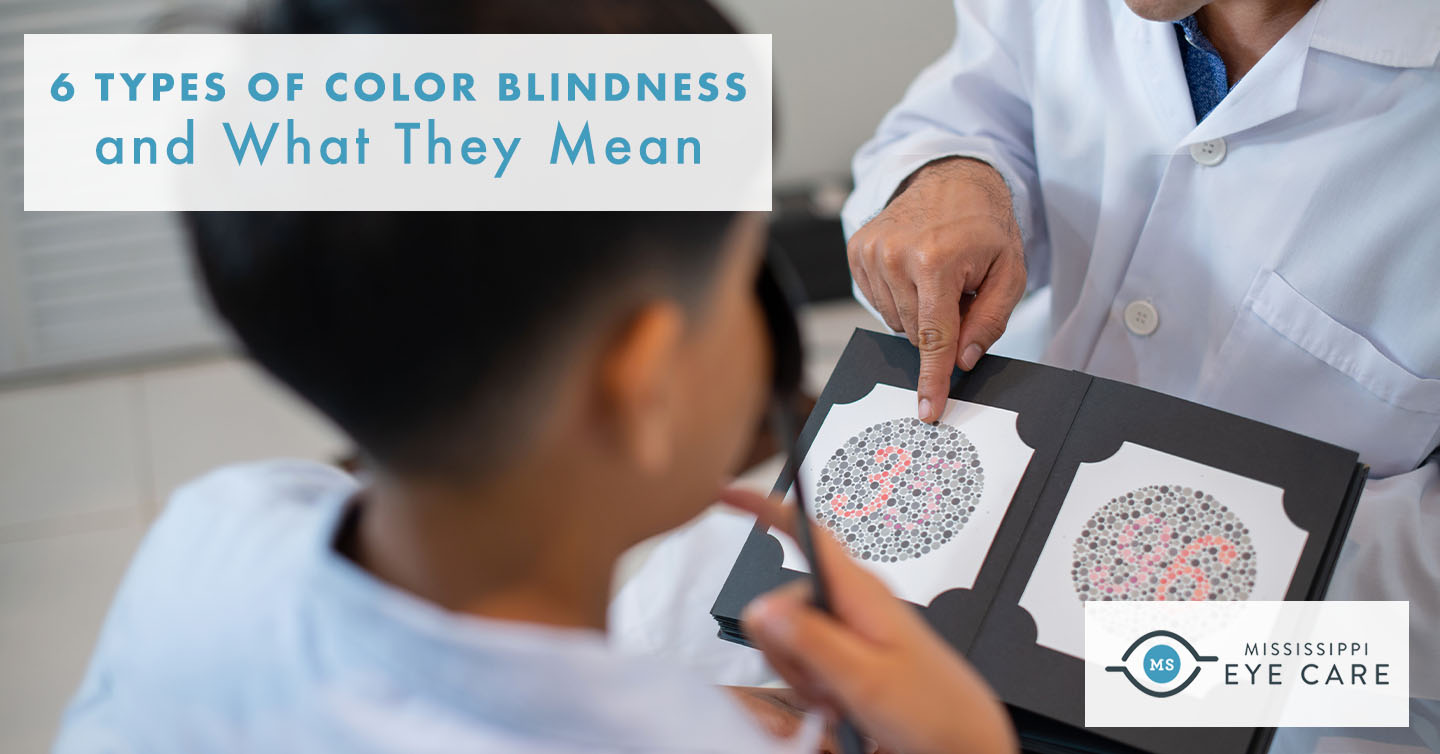For many of us, it might be hard to imagine what it is like to see colors differently, or perhaps not at all. And yet about 12 million Americans are affected by color blindness. Let’s review six types of color blindness and what they mean to help further our understanding.
What is color blindness?
Before we get into the varying types of color blindness, let’s review exactly what color blindness is.
Basically, color blindness—or color vision deficiency—is a reduced ability to see color or changes in color. There are three main types of color blindness, but within those main categories, there are other types as well.
Main types of color blindness
The most common type of color blindness is forms of red-green color blindness. These are genetic conditions linked to a recessive gene on the X-chromosome.
Next is the blue-yellow family of color blindness. A gene mutation involving chromosome 7 causes blue-yellow colorblindness.
Finally, monochromacy completes the three main types of color blindness. This typically results in a total lack of color. However, there are varying degrees within this category as well.
Red-green color blindness
Red-green color blindness falls into two separate groups. They are:
- Protan: It affects the first type of retinal cones called L-cones, or long wavelength light. In this case, the person receives too much green light and not enough red light. Typically, colors red, orange, and yellow appear greener and all colors are less bright for people with this type of color blindness.
- Deutan: This affects the second type of retinal cones known as M-cones, or medium wavelength light. To simplify, it’s basically the opposite of protan. Here, people receive too much red light and not enough green light, which makes shades of green and yellow appear more red.
Blue-yellow color blindness
Blue-yellow color blindness encompasses what is known as tritan color blindness, which includes:
- Tritanomaly: This type of color blindness involves limited or flawed blue cone cells. Generally, blue appears greener, and distinguishing yellow and red from pink is a challenge.
- Tritanopia: People with tritanopia are missing blue cones altogether. They often see blue as green, and yellow is easily confused with violet or dark grey, for example.
Monochromacy
Finally, monochromacy is a rare condition in which individuals are unable to see color at all. People who can’t process color often have blurry vision as well. There are two types of monochromacy.
- Cone monochromacy: With cone monochromacy, two out of the three cone cell photopigments are defective. With just one working cone, it’s hard to separate and see colors.
- Rod monochromacy (Achromatopsia): In the rarest and most severe cases of color blindness, there are no functional cone cells with working photopigments. Essentially, these individuals can only see gray, black and white.
Summary
Does considering the types of colorblindness leave you with questions? Visit your local Mississippi Eye Care clinic or contact us today. We’re here to help! In the meantime, keep reading our blogs for more vision-related topics and health tips!




